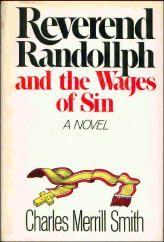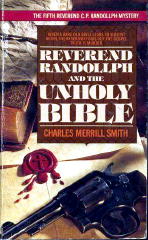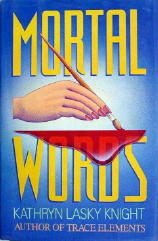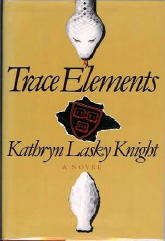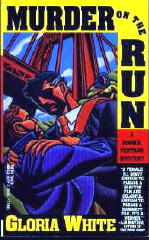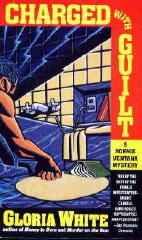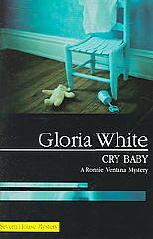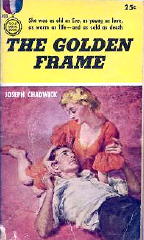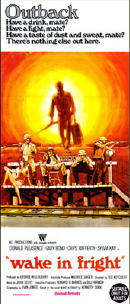Tue 30 Dec 2008
TMF Review: PETER ISRAEL – The Stiff Upper Lip.
Posted by Steve under Authors , Bibliographies, Lists & Checklists , Crime Fiction IV , ReviewsNo Comments
PETER ISRAEL – The Stiff Upper Lip.
Thomas Y. Crowell Co., hardcover, 1978. Paperback reprint: Avon, 1980.
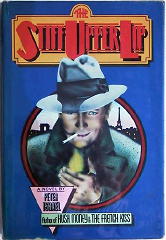
The private eye seems in essence to be almost wholly a uniquely American character. Even if B. F. Cage is originally from Los Angeles, by continuing to use the side streets and back alleys of Paris and Amsterdam as his stomping grounds, he stands out like a crime against nature.
His client this time around is a black basketball player trying a comeback in France, but certain past and present indiscretions involving mobs of two different nationalities are threatening to catch up with him. The story is slight, involving no particular urgency, and it ends with an awfully silly version of a Chicago gang war.
Too many transplants, and they fail to take. Valerie, Cage’s newly self-appointed assistant, is the only delicious morsel to be found anywhere in this stale and condescending affair.
[UPDATE] 12-30-08. As a wild shot in the dark, I’d say that fictional PI’s are a world-wide phenomenon today, which is a Good Thing. And in the years since 1979, I think that these foreign born PI’s have adapted and changed. They display much more of their own countries’ backgrounds and flavors, instead of relying so heavily on the US model. (A point worth considering in more detail, someday.)
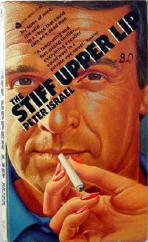
Just from reading through this review, I also think I might enjoy The Stiff Upper Lip more now than I did in 1979. Not having read it again in the almost 30 years since, all I can pass along to you is my judgment as it was back then.
Over the years Peter Israel, the author, was also a high-ranking editor at Putnam. He eventually became the president, then chairman of the board of directors, serving in these capacities between 1978 and 1987.
Of more specific interest to us, he also wrote five mystery novels, three with B. F. Cage and two with “eccentric, brilliant New York City legal detective Charles Camelot and his assistant, Phil Revere,” as they’re described on one bookseller’s website.
Here’s a list of all five, as taken from the Revised Crime Fiction IV, by Allen J. Hubin:
ISRAEL, PETER. Pseudonym of J. Leon Israel.
Hush Money (n.) Crowell 1974 [B. F. Cage; Los Angeles, CA]
The French Kiss (n.) Crowell 1976 [B. F. Cage; Paris]
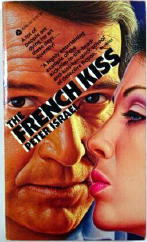
The Stiff Upper Lip (n.) Crowell 1978 [B. F. Cage; Paris]
I’ll Cry When I Kill You (n.) Mysterious Press 1988 [Charles Camelot; New York City, NY]
If I Should Die Before I Die (n.) Mysterious Press 1989 [Charles Camelot; New York City, NY]

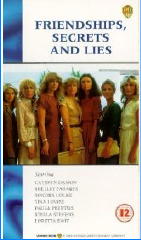
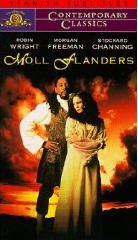
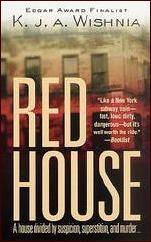
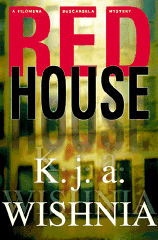
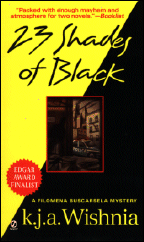
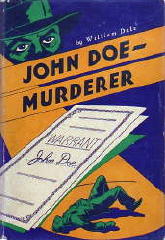
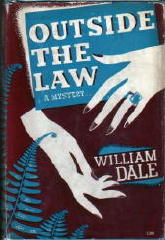
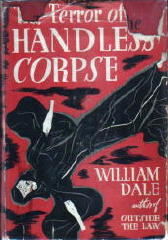
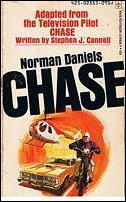
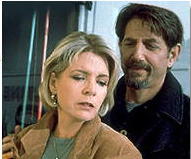
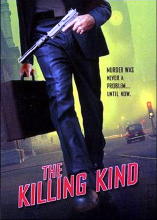

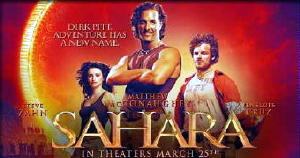
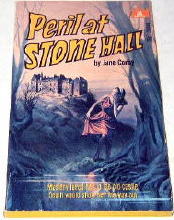

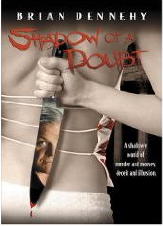
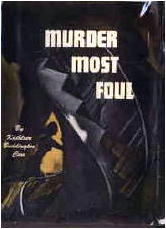
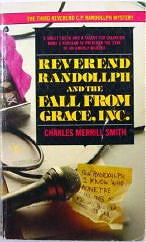 CHARLES MERRILL SMITH – Reverend Randollph and the Fall from Grace, Inc.
CHARLES MERRILL SMITH – Reverend Randollph and the Fall from Grace, Inc.